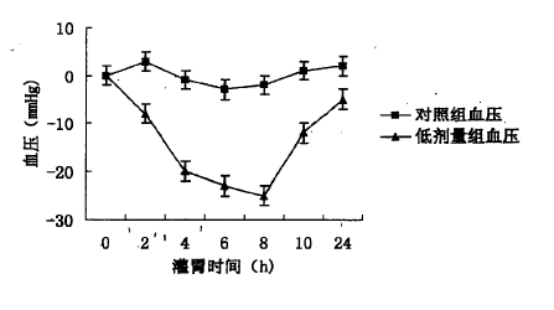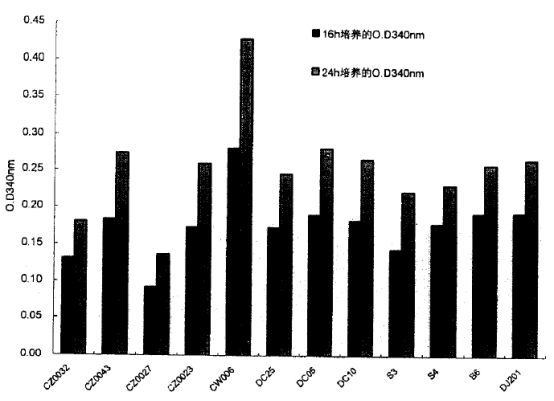Industry Insights
Home > News > Industry Insight > Application of WecStrain™ Lactiplantibacillus plantarum CW006 in Anti-hypertension
Application of WecStrain™ Lactiplantibacillus plantarum CW006 in Anti-hypertension

Abstract:
This study introduces a novel probiotic strain of Lactiplantibacillus plantarum CW006, with significant antihypertensive properties. The strain's ability to produce products that lower blood pressure offers promising applications in food processing and the pharmaceutical industry. The research explores the strain's mechanism, including its interaction with the Renin-Angiotensin System (RAS) and the potential to inhibit Angiotensin-Converting Enzyme (ACE), which plays a critical role in blood pressure regulation.

Keywords: Lactiplantibacillus plantarum, antihypertensive, ACE inhibition, probiotics, cardiovascular health.
Introduction
Hypertension, characterized by elevated arterial blood pressure, is a common cardiovascular condition linked with several severe diseases like coronary heart disease, diabetes, and arteriosclerosis. Managing hypertension has become a global health priority, given its prevalence and the associated risks to vital organs such as the heart, kidneys, and brain.
This study focuses on the discovery and application of a novel strain, Lactiplantibacillus plantarum CW006, which exhibits significant antihypertensive properties. The strain's role in potentially lowering blood pressure presents an alternative to traditional pharmacological treatments, which often come with side effects.
Background
The regulation of blood pressure involves several physiological systems, including the Central Nervous System, the Renin-Angiotensin System (RAS), and the Kinin-Kallikrein System (KKS). The RAS, in particular, plays a vital role in the conversion of Angiotensin I (AngI) to the active Angiotensin II (AngII) through the action of Angiotensin-Converting Enzyme (ACE), which increases blood pressure. Additionally, ACE deactivates Bradykinin (BK), a vasodilator, further contributing to hypertension.
Given the importance of ACE in regulating blood pressure, ACE inhibitors (ACEI) are commonly prescribed to manage hypertension. However, these inhibitors can have adverse effects, including skin rashes, proteinuria, and changes in metabolic functions. This has led to increased interest in non-pharmacological approaches to hypertension management.
Objectives
The primary objective of this study is to evaluate the antihypertensive effects of Lactiplantibacillus plantarum CW006 and its potential use in the production of functional foods and pharmaceutical products aimed at lowering blood pressure.
Methodology
The strain Lactiplantibacillus plantarum CW006 was isolated and characterized for its ability to inhibit ACE activity. The strain's impact on blood pressure was assessed through a series of in vitro and in vivo studies, focusing on its interaction with the RAS and its potential to prevent the conversion of AngI to AngII.
Results
The findings demonstrated that Lactiplantibacillus plantarum CW006 effectively inhibits ACE activity, thereby reducing the production of AngII and preserving BK's vasodilatory effects. This dual action suggests that the strain can significantly contribute to the regulation of blood pressure, making it a promising candidate for antihypertensive applications.

Discussion
The results support the potential use of Lactiplantibacillus plantarum CW006 in developing functional foods and supplements aimed at managing hypertension. The strain's ability to lower blood pressure through natural mechanisms offers an alternative to traditional pharmacological treatments, which are often associated with adverse effects.
Conclusion
Lactiplantibacillus plantarum CW006 represents a novel and promising approach to hypertension management. Its inclusion in food products and supplements could provide a natural, effective means of controlling blood pressure and reducing the global burden of cardiovascular diseases.
References
· Skeggs, L.T. et al., "The Role of ACE in Blood Pressure Regulation," Journal of Hypertension, 1954.
· World Health Organization (WHO), "Global Guidelines on Hypertension Management," 2020.









 Leave a Message
Leave a Message Email
Email Linkedin
Linkedin